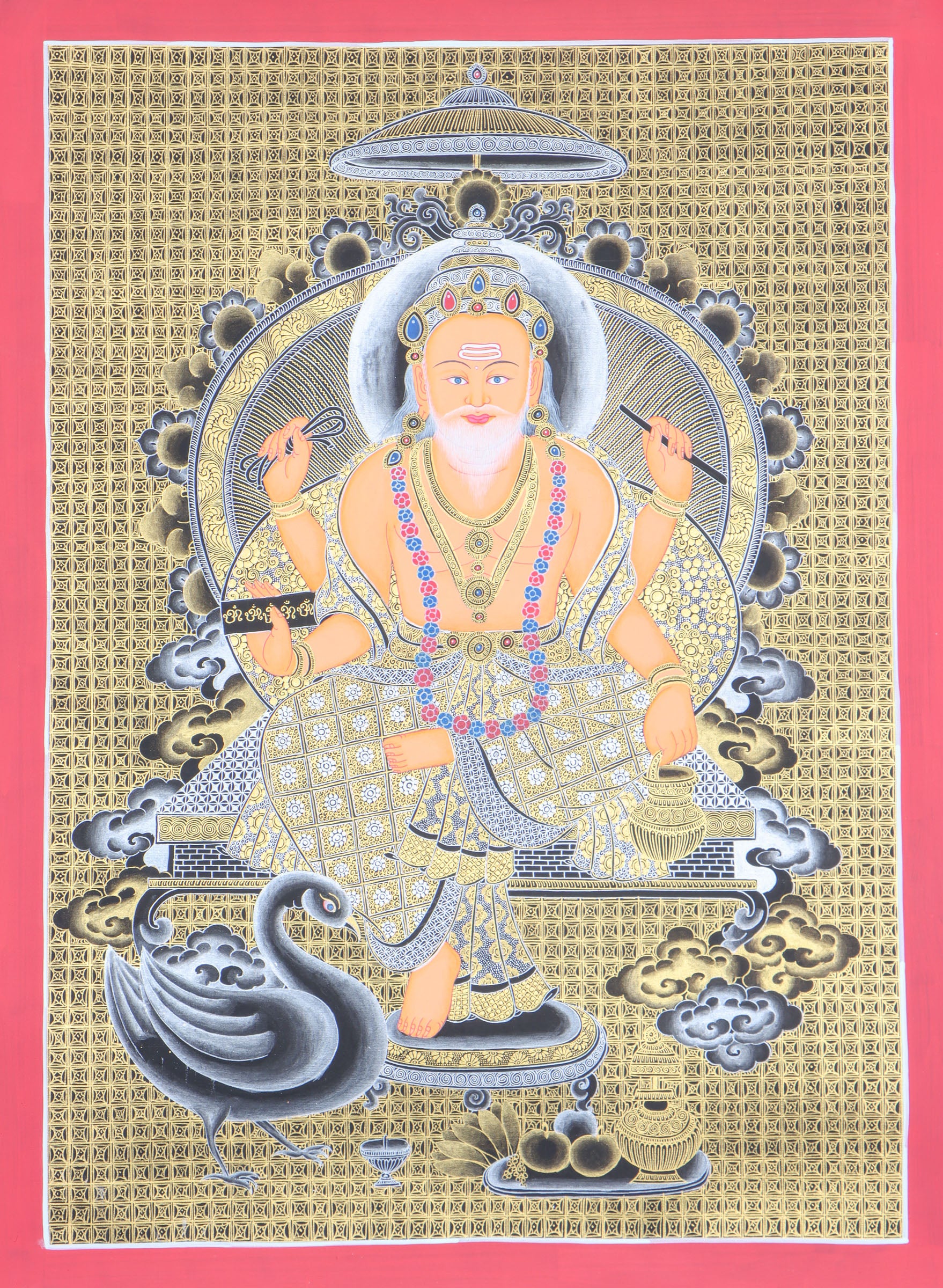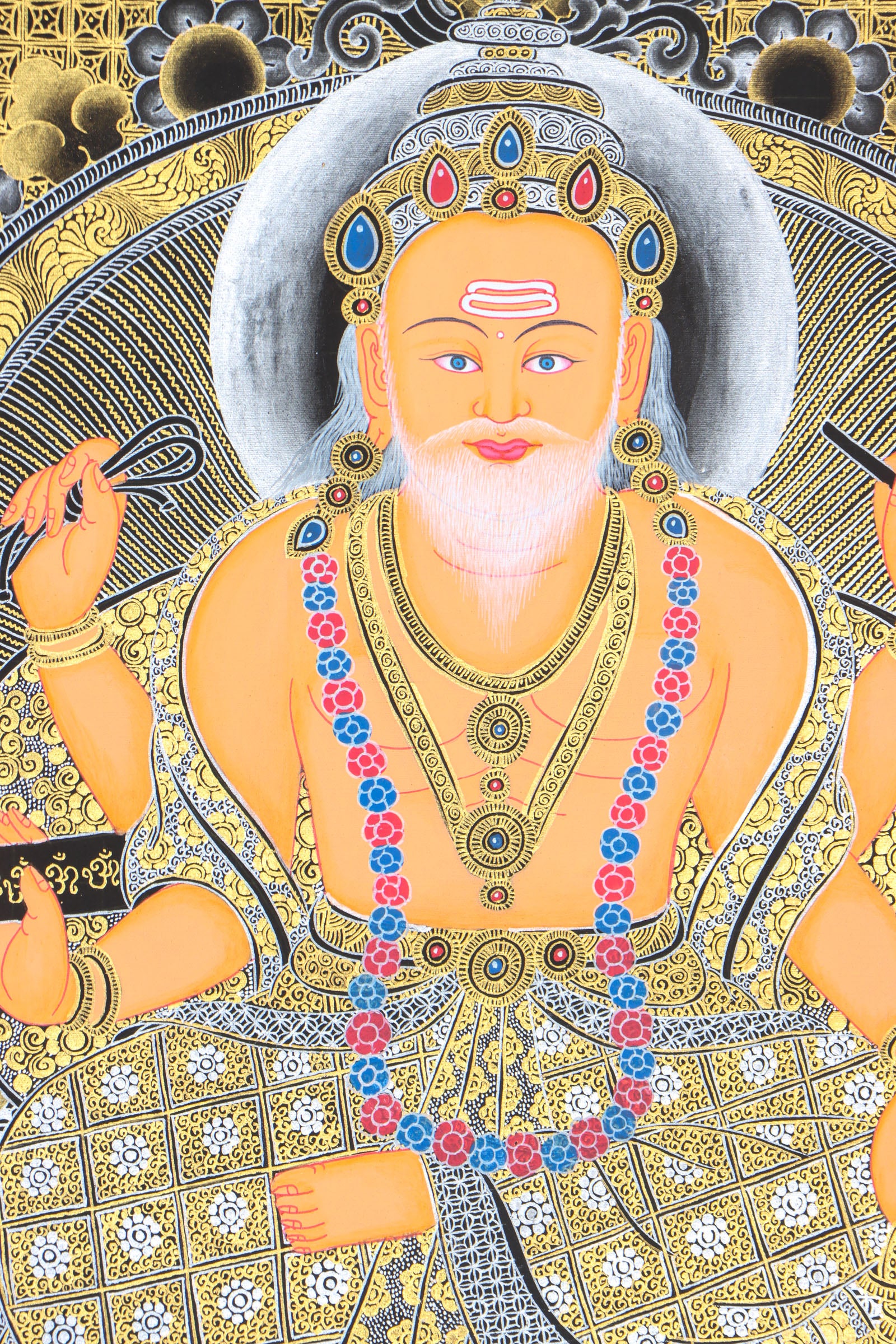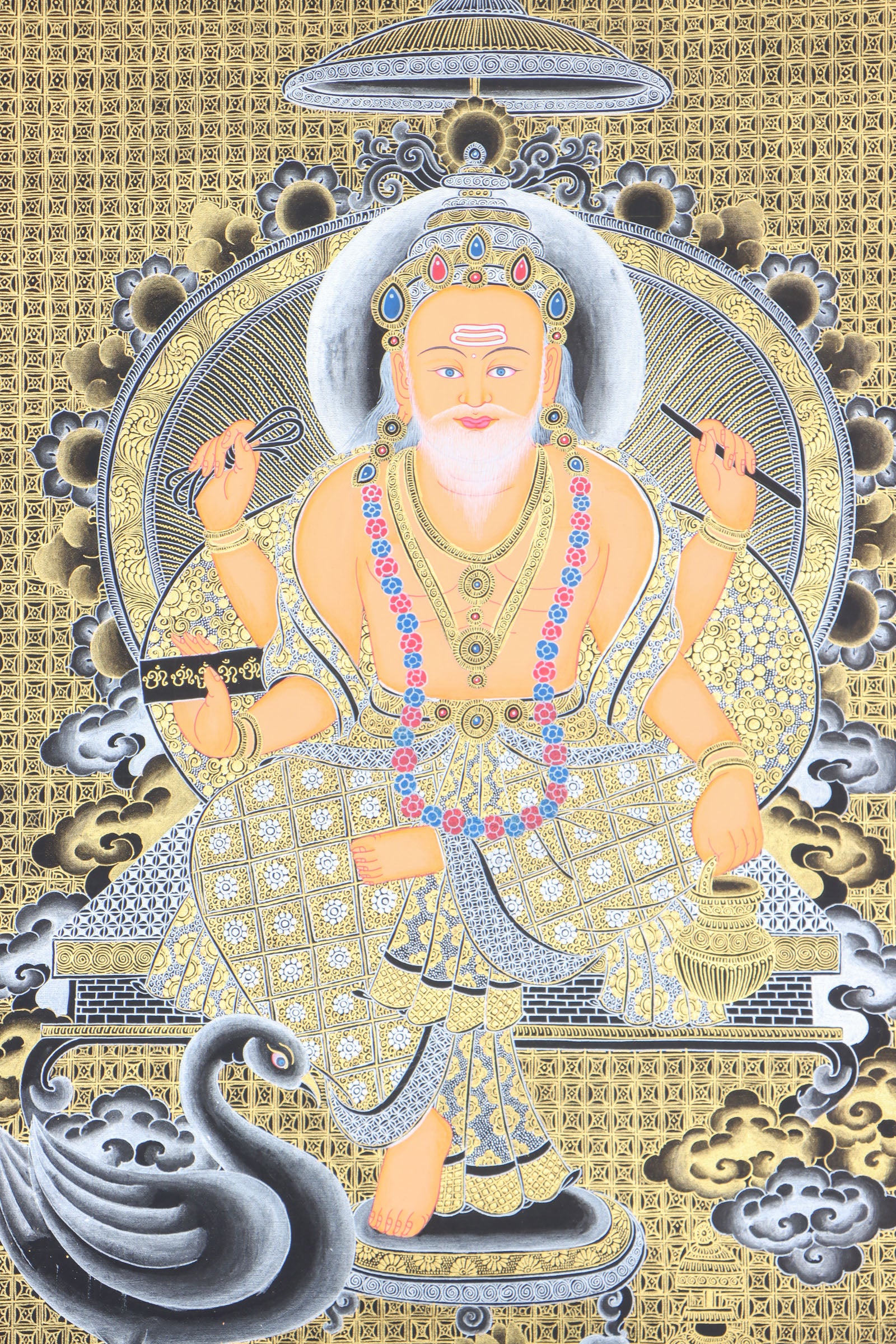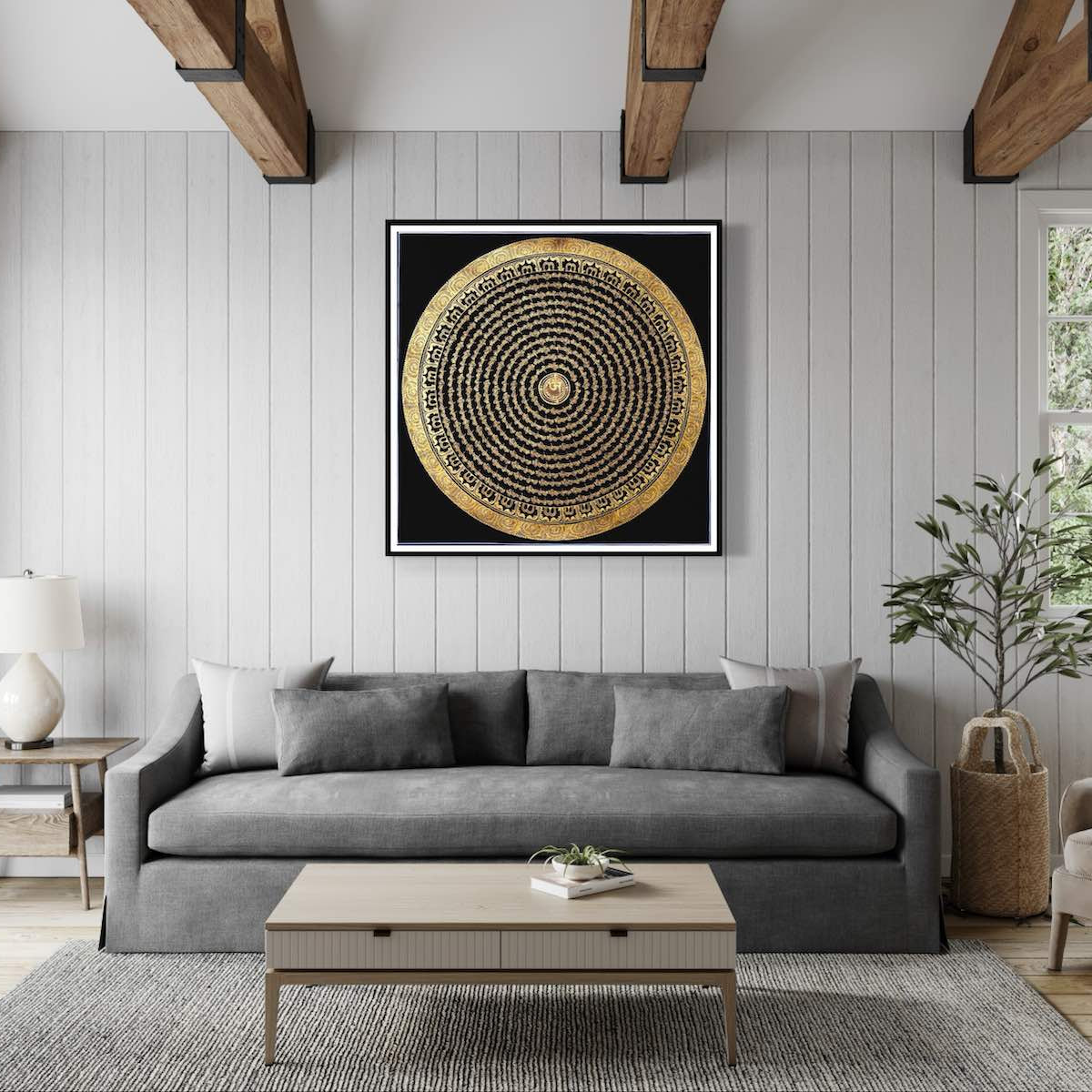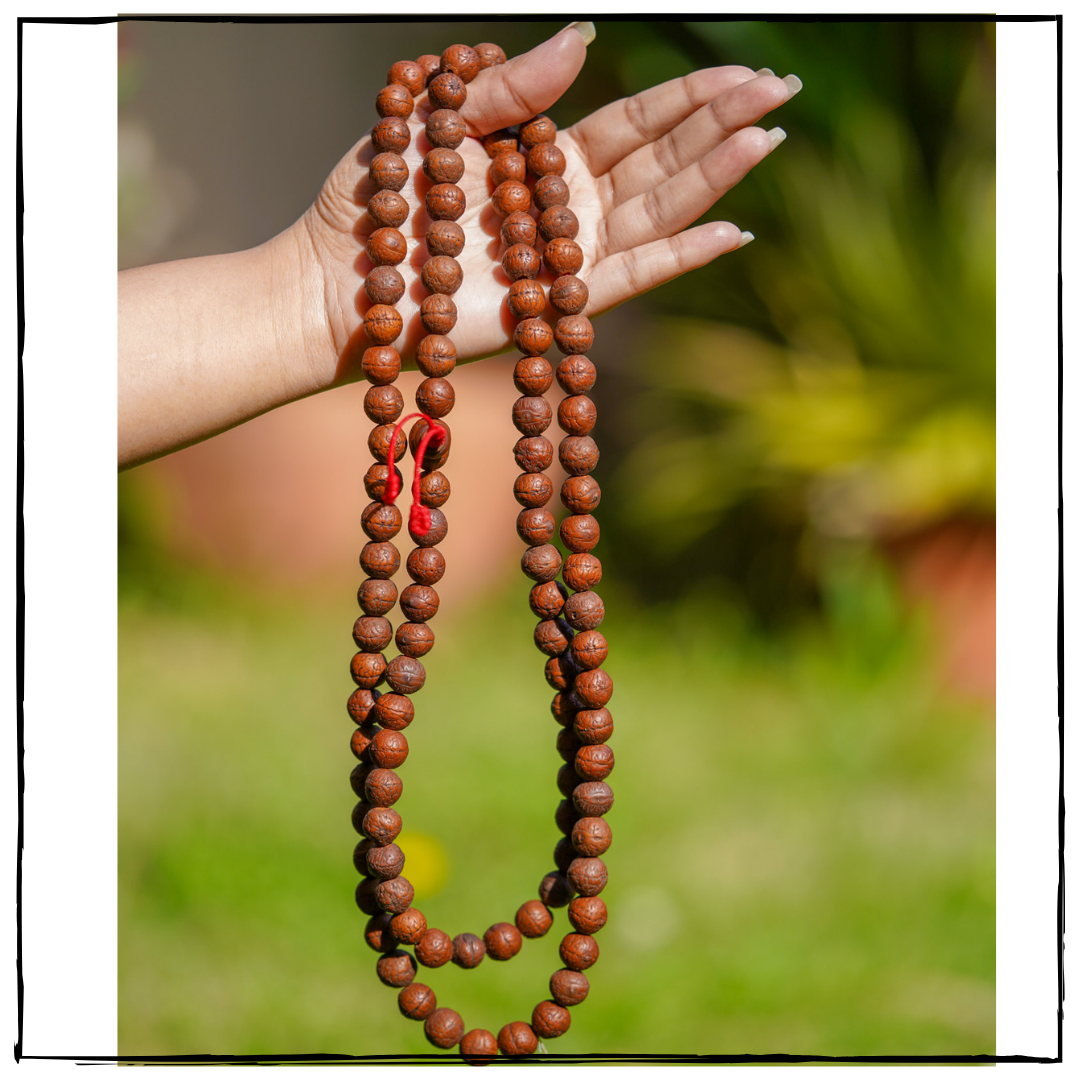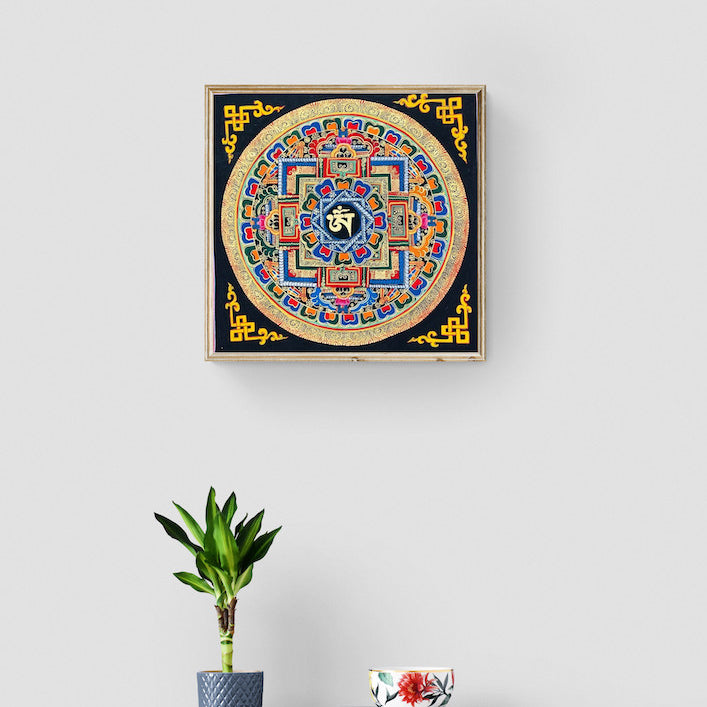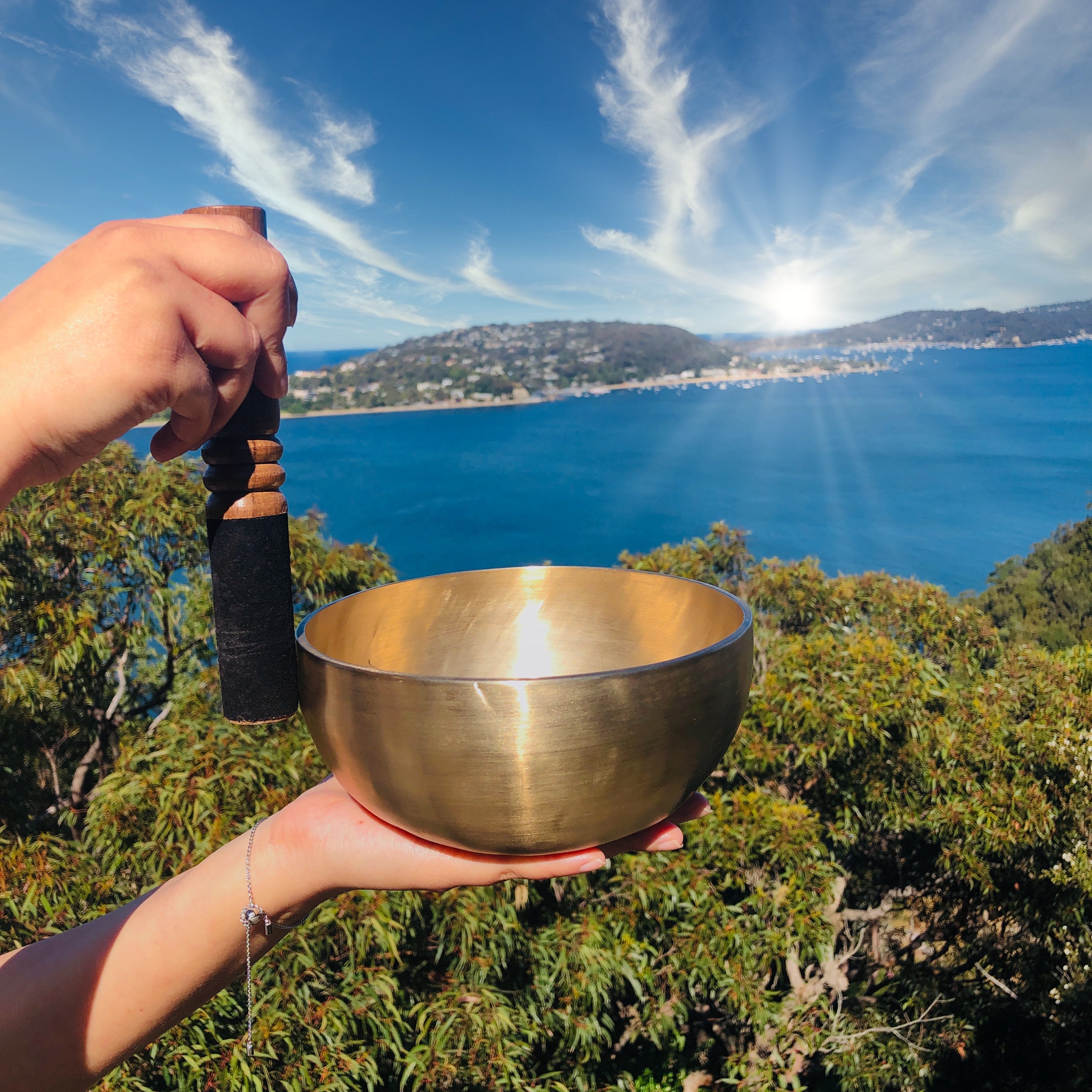Vishwakarma Thangka
Couldn't load pickup availability
Description
The Vishwakarma Thangka is a magnificent work of art that encapsulates the essence of creativity, craftsmanship, and divine energy. Thangkas, traditional Tibetan Buddhist paintings, are renowned for their intricate details and spiritual significance. The Thangka captures Lord Vishwakarma in all his divine splendor, radiating power, wisdom, and inspiration.
Vishwakarma is a revered deity in Hindu mythology known as the divine architect and celestial craftsman. He is believed to have designed and built the celestial abodes of gods, including palaces, weapons, and vehicles. He is often depicted with multiple arms, holding various tools and symbols representing different crafts, emphasizing his mastery over all forms of creative expression. Devotees revere Vishwakarma for his divine guidance and blessings in their creative pursuits. He is also associated with the concept of "Srishti," meaning creation or manifestation.
Product Specification:
- Hand Painted
- Materials: Semi-Precious Natural Minerals
- Base: Cotton Canvas
- Origination: Nepal
The Vishwakarma Thangka is not only a visual marvel but also a spiritual tool that invites contemplation and inspiration. As you gaze upon this exquisite artwork, you are encouraged to your own creative potential to honor the craftsmanship within you, and to seek the divine blessings of Lord Vishwakarma in your creative endeavors.

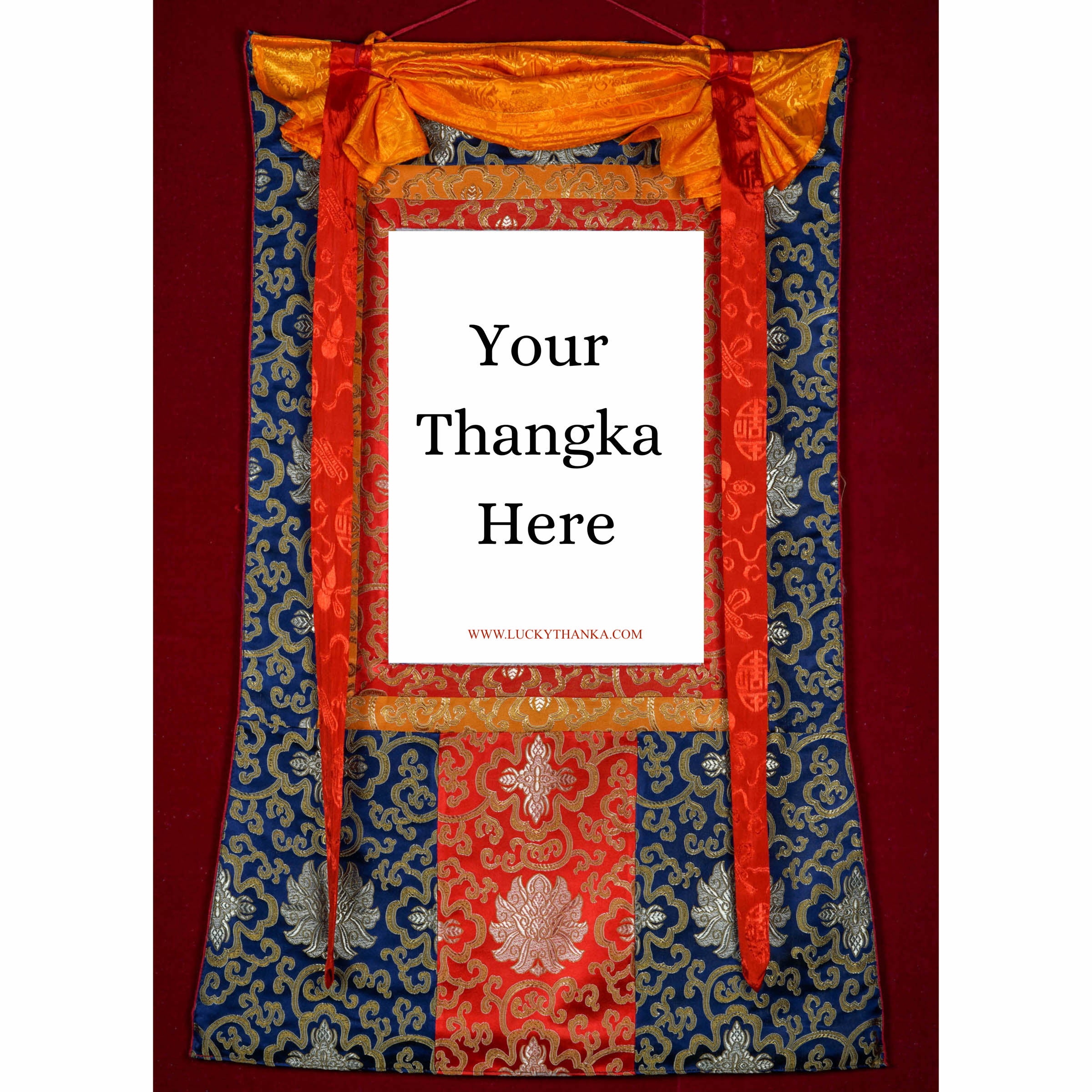
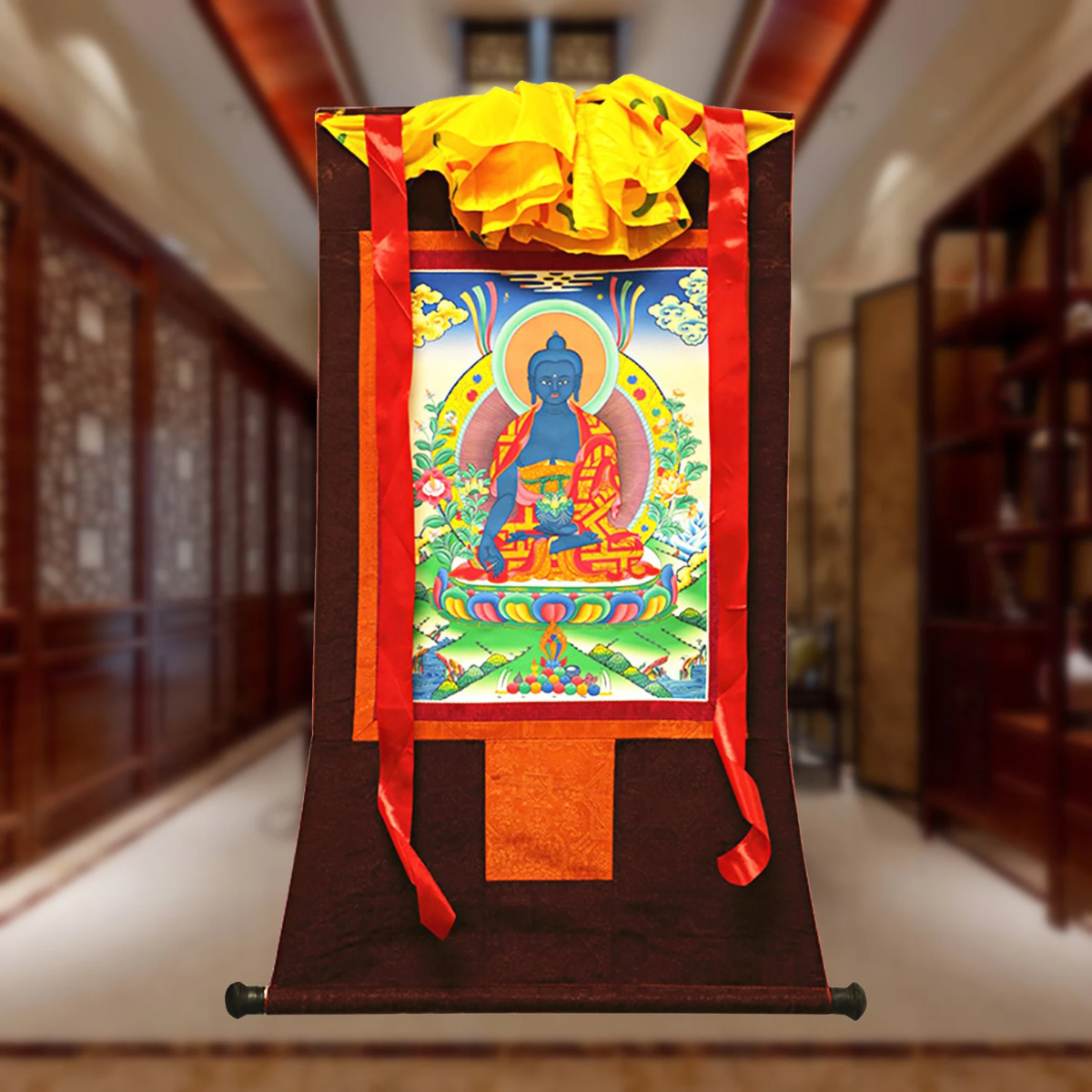
Hand Embroidery Brocade
Want to add a Brocade to your beautiful Thangka Painting? Traditional Style Brocade has been one of the most popular form of mounting as it has a greater religious merit.
Note: Make sure you have added the Thangka to your cart first.
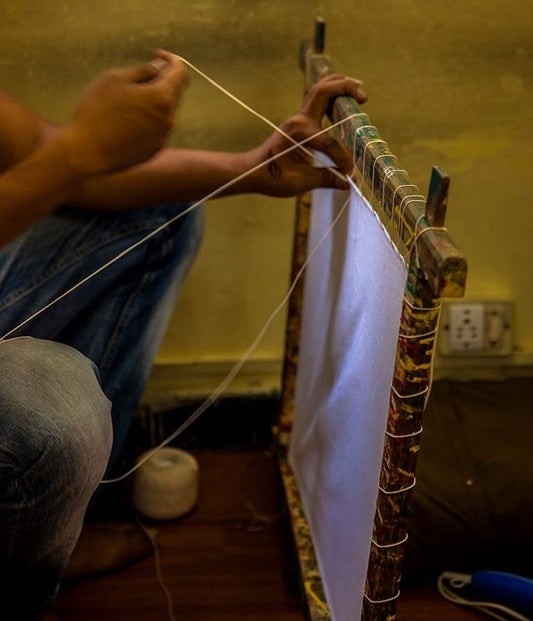
100% Cotton Canvas
Preparing the Cotton canvas before starting to paint a Thangka. This process includes washing, drying, stretching, sizing and everything needed to make a perfect base for the thangka to last for centuries.
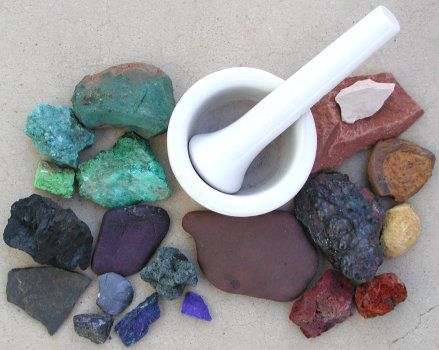
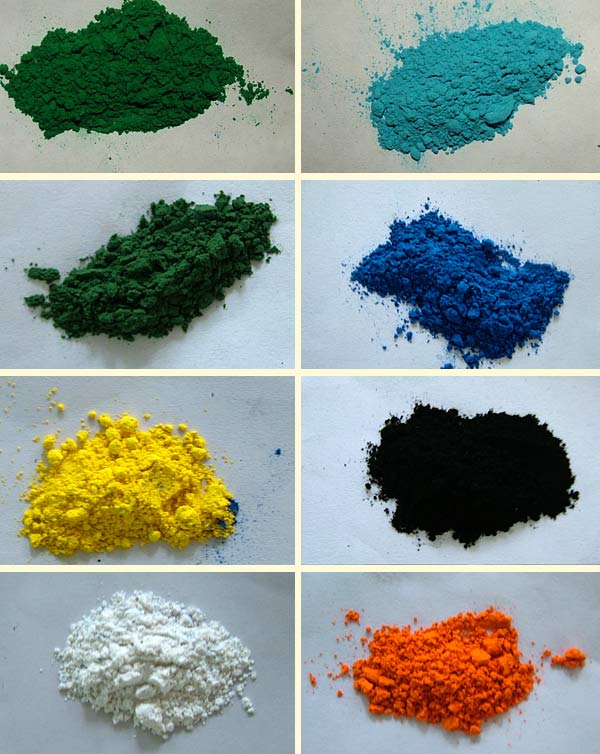
Natural Minerals
Thangka Paintings are painted using the natural minerals. These are firstly grind into the powder form and then used in the thangka as a paint.



